Menu
- Home
- Internal & External Doors, Frames & Skirtings
- Ironmongery and Fittings By Brand
- Door Furniture By Category
- Hinges, Sliding Gear, Door Closers & Controls
- Locks & Security Devices for Doors, Gates & Cubicles
- Panic, Fire, Smoke, Weather & Ventilators
- Cabinet Fittings, Wardrobe Rails & Shelving
- Window Fittings, Draught Proofing & Security
- Bathroom, Electrical, Curtain & Household
- Fixings, Tools & Consumables
- Quick Order Form
- Contact Us
- Terms & Conds
- Login
- Recent Orders
- Home
- Phone: 0131 444 1149
- Quick Order Form
- Contact Us
- Terms & Conds
- Login
- Recent Orders
Handle Types
Door handles are often referred to as door furniture. There are several configuration of door furniture available and you must be careful to select the correct one for your application. The version you require will be determined by the type of lock or latch you need as well as the aesthetic you want to acheive.
Levers or Knobs?
Well, there are pros and cons for both.
Lever Furniture : The best choice for ease of use and works with the vast majority of locks and latches. If an unsprung lever handle is to be used then a heavier sprung or good quality lock or latch should also be selected to stop the lever from drooping when at rest. Levers are particularly suitable for use by elderly or disabled people.
Knob Furniture : Many people prefer the appearance of knob furniture especially on restoration projects and traditional buildings. They can be difficult to turn and specific attention should be given to the combination of the springing in the handle and the lock or latch. A larger backset lock or latch should also be used to avoid the user's hands coming in to contact with the door frame. We would recommend an absolute minimum of 57mm backset*, depending on the diameter of the knob and the width of the stop on the door frame.
*The backset is the distance from the edge of the door to the centre of the spindle, not the overall length of the lock or latch.
Lever Furniture : The best choice for ease of use and works with the vast majority of locks and latches. If an unsprung lever handle is to be used then a heavier sprung or good quality lock or latch should also be selected to stop the lever from drooping when at rest. Levers are particularly suitable for use by elderly or disabled people.
Knob Furniture : Many people prefer the appearance of knob furniture especially on restoration projects and traditional buildings. They can be difficult to turn and specific attention should be given to the combination of the springing in the handle and the lock or latch. A larger backset lock or latch should also be used to avoid the user's hands coming in to contact with the door frame. We would recommend an absolute minimum of 57mm backset*, depending on the diameter of the knob and the width of the stop on the door frame.
*The backset is the distance from the edge of the door to the centre of the spindle, not the overall length of the lock or latch.
Round and Square Rose Furniture
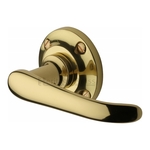
Round and square rose handles look great, but there are drawbacks with using this type of furniture. The fixings are very close together and any leverage applied to the handle naturally wants to rotate the base (rose) as well as withdrawing the latch. This can cause the fixings to work loose or even break. To overcome this, most round rose furniture is supplied with back to back bolt fixings. If, however, the lock or latch used does not have holes for these fixings to pass through, then clearly they can't be used and thought must be given as to whether they will be the best choice for your door. Our advice - works best with tubular latches or any latch with holes for the fixings.
Short Backplate Latch Furniture
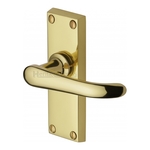
A good handle for everyday use and a very popular choice. The only consideration is where you are fitting other types of door furniture limited to a long back plate (ie. lock or bathroom furniture), then as the title suggests these will have a different length of back plate.This could effect the aesthetic and therefore where a long back plate version is available, it could be a better choice. Works with all types of latch.
Long Backplate Latch Furniture
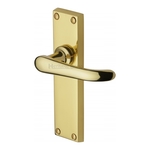
A popular choice where uniformity is the key to your desired aesthetic. This type of handle can also be useful to cover up damage to the face of the door from previously fitted handles. Works with all types of latch.
Bathroom Furniture
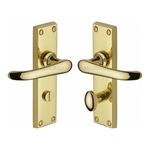
Bathroom furniture comprises of a lever handle and a thumbturn usually with external coin release in case of emergencies, which operate independant of each other, and on a long backplate. These should be used where a bathroom lock has been fitted. The lever operates the latch bolt at all times and the thumbturn / coin release operate the deadbolt, thus locking and unlocking the door. Care must be taken to ensure the bathrrom furniture selected has the correct centres (between the spindles) for the bathroom lock. In the UK this is usually 57mm but many imported locks and those for use by the disabled have different centres for ease of use. It's well worth checking this prior to purchase. The individual descriptions of the handles on our web site will state the centres.
Privacy Furniture
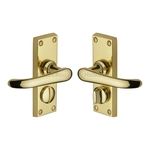
A handle which locks the door using only a latch, normally on a short backplate. The handle still has a lever and a thumbturn with emergency coin release and two spindles, but rotating the thumbturn positions a cam on the back of the furniture, which stops the lever handle from being operated. This means that when engaged, the latch bolt cannot be withdrawn and the door is locked. You must, however, ensure that the latch selected does not block the patch of the thumbturn spindle, and therefore a tubular latch is the sensible option. This type of handle doesn't tend to last as long as bathroom furniture.
Standard Lock Furniture
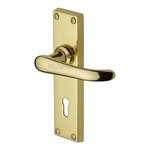
This type of furniture is generally on a long backplate and incorporates a key hole for a lever type lock (ie. 3 lever, 5 lever etc.). As with the all lock furniture, the handle and the keyhole can be at various centres and the correct combination of lock and handle is essential. The UK standard dimension for these centres is 57mm, but there are many, many locks that do not conform to this. The individual descriptions of the handles on our web site will state the centres.
Euro Cylinder Furniture
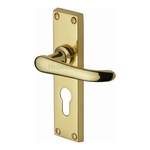
This type of furniture is generally on a long backplate and incorporates a hole for a euro cylinder. As with the all lock furniture, the handle and the keyhole can be at various centres and the correct combination of lock and handle is essential. There is no real standard dimension for these and even a 1mm difference between the lock centre and the handle centre mean it will not work. The descriptions of the handles on our web site will state the centres.
Oval Cylinder Furniture
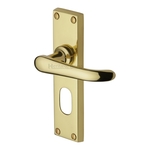
This type of furniture is generally on a long backplate and incorporates a hole for an oval cylinder. As with the all lock furniture, the handle and the keyhole can be at various centres and the correct combination of lock and handle is essential. There is no real standard dimension for these and even a 1mm difference between the lock centre and the handle centre mean it will not work. The descriptions of the handles on our web site will state the centres.

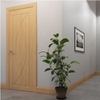 Internal Doors
Internal Doors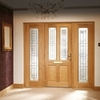 External Doors
External Doors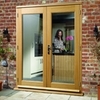 Patio & French Doors
Patio & French Doors Frames, Skirtings & Accessories
Frames, Skirtings & Accessories Format
Format Alexander & Wilks
Alexander & Wilks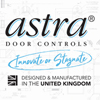 Astra Door Controls
Astra Door Controls Atlantic Hardware
Atlantic Hardware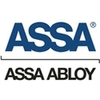 Assa Abloy
Assa Abloy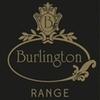 Burlington
Burlington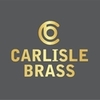 Carlisle Brass
Carlisle Brass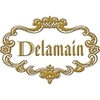 Delamain
Delamain Eurospec
Eurospec Fingertip Design
Fingertip Design Forme
Forme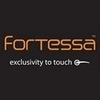 Fortessa
Fortessa From The Anvil
From The Anvil From The Anvil Home & Garden
From The Anvil Home & Garden From The Anvil Lighting
From The Anvil Lighting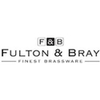 Fulton & Bray
Fulton & Bray Hafele
Hafele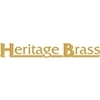 Heritage Brass
Heritage Brass Jedo
Jedo Mediterranean
Mediterranean Old English
Old English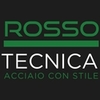 Rosso Tecnica
Rosso Tecnica Senza Pari
Senza Pari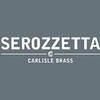 Serozzetta
Serozzetta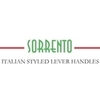 Sorrento
Sorrento Status
Status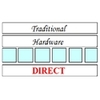 Traditional Hardware Direct
Traditional Hardware Direct Zoo Hardware
Zoo Hardware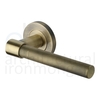 Lever Handles On Roses
Lever Handles On Roses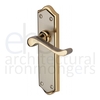 Lever Handles On Backplates
Lever Handles On Backplates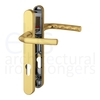 Multi-Point Lock Furniture
Multi-Point Lock Furniture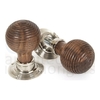 Knob Handles On Roses
Knob Handles On Roses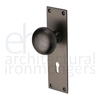 Knob Handles On Backplates
Knob Handles On Backplates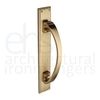 Pull Handles
Pull Handles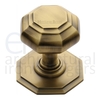 Centre Door Knobs
Centre Door Knobs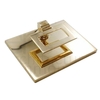 Edinburgh Pattern Handles
Edinburgh Pattern Handles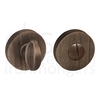 Bathroom Turns
Bathroom Turns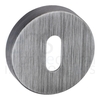 Escutcheons
Escutcheons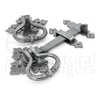 Traditional Latch Sets
Traditional Latch Sets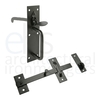 Gate Handles & Catches
Gate Handles & Catches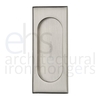 Flush Handles
Flush Handles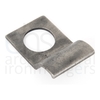 Cylinder Pulls
Cylinder Pulls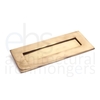 Letter Plates & Accessories
Letter Plates & Accessories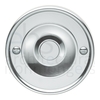 Bell Pushes
Bell Pushes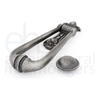 Door Knockers
Door Knockers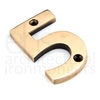 Door Numerals
Door Numerals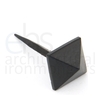 Door Studs
Door Studs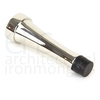 Door Stops
Door Stops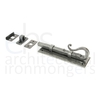 Surface Door Bolts, Espagnolettes & Sockets
Surface Door Bolts, Espagnolettes & Sockets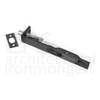 Flush Door Bolts
Flush Door Bolts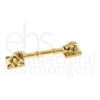 Cabin Hooks
Cabin Hooks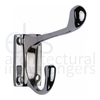 Coat Hooks
Coat Hooks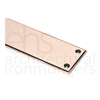 Finger & Kick Plates
Finger & Kick Plates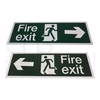 Signage
Signage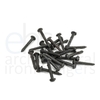 Accessories & Spares
Accessories & Spares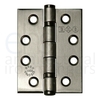 Door Hinges
Door Hinges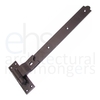 Gate Hinges
Gate Hinges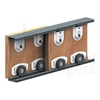 Sliding & Folding Gear
Sliding & Folding Gear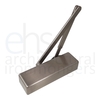 Overhead Door Closers
Overhead Door Closers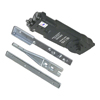 Transom & Bottom Rail Door Closers
Transom & Bottom Rail Door Closers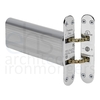 Concealed Jamb Door Closers
Concealed Jamb Door Closers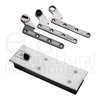 Floor Springs, Pivots & Accessories
Floor Springs, Pivots & Accessories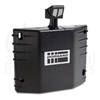 Holders, Restrictors & Selectors
Holders, Restrictors & Selectors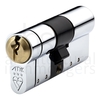 Cylinders
Cylinders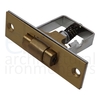 Roller Catches
Roller Catches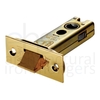 Latches
Latches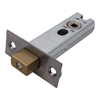 Deadbolts
Deadbolts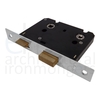 Bathroom Locks
Bathroom Locks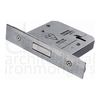 Deadlocks
Deadlocks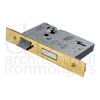 Sashlocks
Sashlocks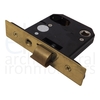 Mortice Nightlatches
Mortice Nightlatches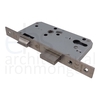 Euro Standard DIN Locks
Euro Standard DIN Locks ASSA Modular Lock Cases
ASSA Modular Lock Cases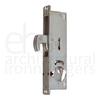 Metal Door Locks & Accessories
Metal Door Locks & Accessories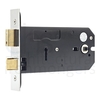 Horizontal Locks & Latches
Horizontal Locks & Latches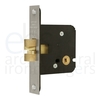 Sliding Door Locks
Sliding Door Locks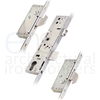 Multi-Point Locks
Multi-Point Locks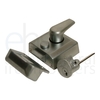 Rim Nightlatches
Rim Nightlatches Rim Locks
Rim Locks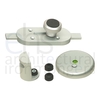 Cubicle Slide & Turn Bolts
Cubicle Slide & Turn Bolts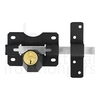 Gate, Garage & Shutter Locks
Gate, Garage & Shutter Locks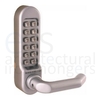 Access Control
Access Control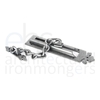 Secondary Door Security
Secondary Door Security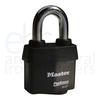 Padlocks, Padbolts, Hasps & Chain
Padlocks, Padbolts, Hasps & Chain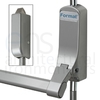 Panic Hardware
Panic Hardware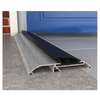 Threshold Seals
Threshold Seals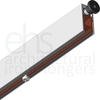 Acoustic & Drop Down Seals
Acoustic & Drop Down Seals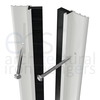 Perimeter Seals
Perimeter Seals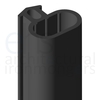 Joinery Seals
Joinery Seals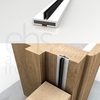 Intumescent Seals & Fire Products
Intumescent Seals & Fire Products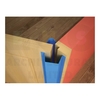 Finger Guards
Finger Guards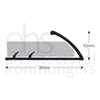 Floor & Carpet Trims
Floor & Carpet Trims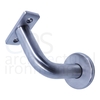 Grab Rails, Handrails & Brackets
Grab Rails, Handrails & Brackets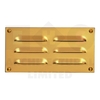 Ventilators
Ventilators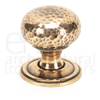 Cabinet Knobs
Cabinet Knobs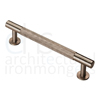 Cabinet Pull Handles
Cabinet Pull Handles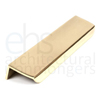 Cabinet Edge Pull Handles
Cabinet Edge Pull Handles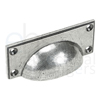 Cabinet Cup Handles
Cabinet Cup Handles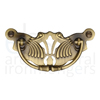 Cabinet Drop Handles
Cabinet Drop Handles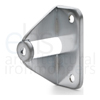 Cabinet Handle Accessories
Cabinet Handle Accessories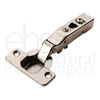 Cabinet Hinges
Cabinet Hinges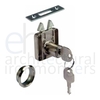 Cabinet Locks
Cabinet Locks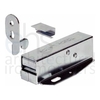 Cabinet & Magnetic Catches
Cabinet & Magnetic Catches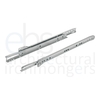 Drawer Runners
Drawer Runners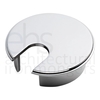 Cabinet Accessories
Cabinet Accessories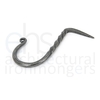 Cabinet & Cup Hooks
Cabinet & Cup Hooks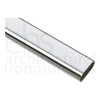 Wardrobe Rails & Fittings
Wardrobe Rails & Fittings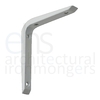 Shelving
Shelving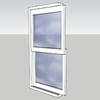 Sash & Case Fittings
Sash & Case Fittings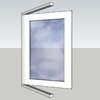 Casement Window Fittings
Casement Window Fittings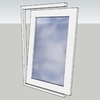 Espagnolette & Tilt Turn Fittings
Espagnolette & Tilt Turn Fittings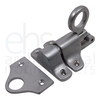 Fanlight Fittings
Fanlight Fittings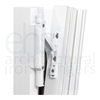 Window Restrictors
Window Restrictors Universal Window Security
Universal Window Security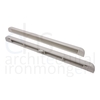 Slot & Trim Vents
Slot & Trim Vents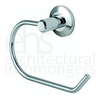 Bathroom Accessories
Bathroom Accessories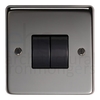 Switches & Sockets
Switches & Sockets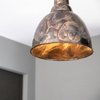 Lighting
Lighting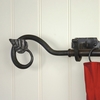 Curtain Fittings
Curtain Fittings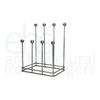 Boot Racks
Boot Racks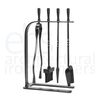 Fireplace Fittings
Fireplace Fittings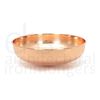 Architectural Metal Sinks
Architectural Metal Sinks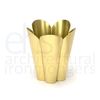 Architectural Metal Plant Pots & Vases
Architectural Metal Plant Pots & Vases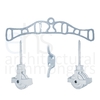 Traditional Laundry Pulley Fittings
Traditional Laundry Pulley Fittings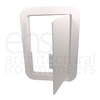 Plastic Access Panels
Plastic Access Panels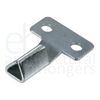 Meter Box & Radiator Keys
Meter Box & Radiator Keys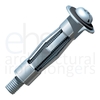 Screws & Fixings
Screws & Fixings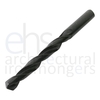 Drills For Metal
Drills For Metal Drills For Wood
Drills For Wood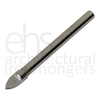 Drills For Glass & Tiles
Drills For Glass & Tiles Drills For Brick & Block
Drills For Brick & Block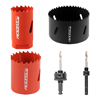 Hole Saws & Arbours
Hole Saws & Arbours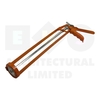 Caulking Guns
Caulking Guns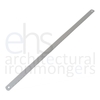 Knives, Scrapers & Blades
Knives, Scrapers & Blades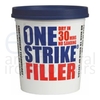 Fillers & Caulks
Fillers & Caulks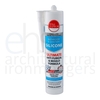 Sealants & Silicones
Sealants & Silicones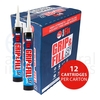 Adhesives
Adhesives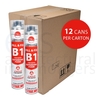 Foam & Accessories
Foam & Accessories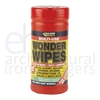 Wipes & Cleaning Materials
Wipes & Cleaning Materials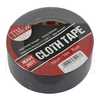 Tapes
Tapes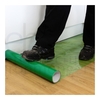 Surface Protection
Surface Protection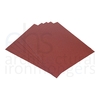 Abrasives
Abrasives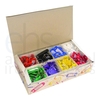 Plastic Key Tallies With Write On Labels
Plastic Key Tallies With Write On Labels

